
Governance and Management Team
The Board of Directors, officers, management, executives, and employees of Chelsea Logistics and Infrastructure Holdings Corp. are committed to comply and observe the fundamental principles of sound corporate governance.
Chelsea Logistics adheres to the highest standards and principles of Integrity, Excellence, Passion, Enterprise, Teamwork, and Stewardship to serve the best interest of its stakeholders.
Dennis A. Uy
Board of Directors
CHRYSS ALFONSUS V. DAMUY
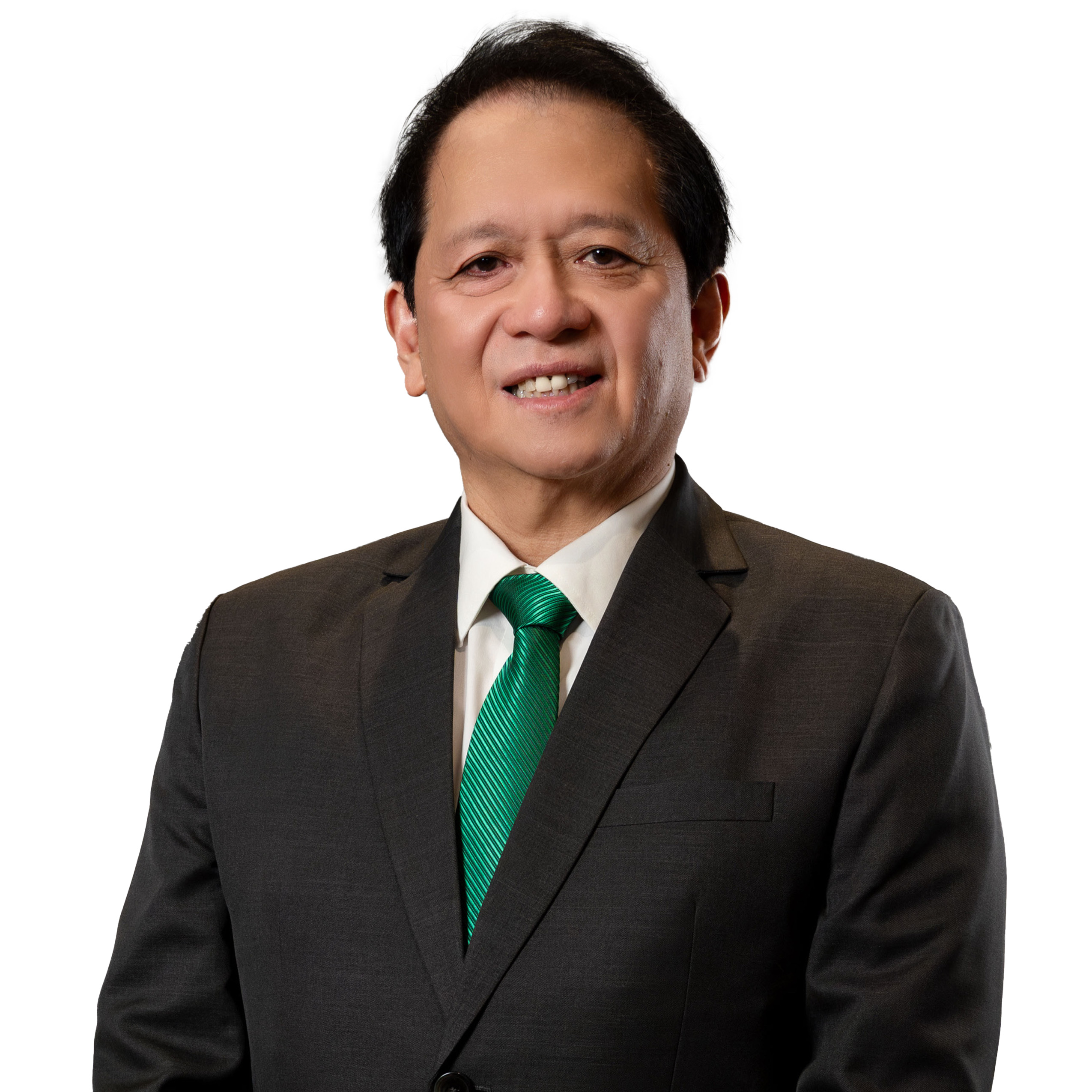
EFREN E. UY

ARTHUR KENNETH L. SY

JESUS S. GUEVARA II


CHERYLYN C. UY

EDUARDO A. BANGAYAN

MIGUEL RENE A. DOMINGUEZ

GILBERT F. SANTA MARIA
Board Committees
C’s Nomination Committee is responsible for reviewing and evaluating the qualifications of all persons nominated to the Board and other appointments that require Board approval, and to assess the effectiveness of the Board’s processes and procedures in the election or replacement of Directors. The Nomination Committee must comprise at least three (3) Directors, one of whom should be an Independent Director. The Nomination Committee reports directly to CLC’s Board of Directors.
C’s Audit Committee shall be composed of at least three (3) qualified non-executive Directors, the majority of whom, including the Chairman, should be independent. All of the members of the Committee must have relevant background, knowledge, skills and/or experience in the areas of accounting, auditing and finance. The Chairman of the Audit Committee should not be the chairman of the Board or of any other committees.
The Audit Committee has the following functions:
• Provide oversight of management‘s activities in managing credit, market, liquidity, operational, legal and other risks of the Company. This function shall include regular receipt from management of information on risk exposures and risk management activities;
• Perform oversight functions over our internal and external auditors. It should ensure that the internal and external auditors act independent from each other and that both auditors are given unrestricted access to all records, properties and personnel to enable them to perform their respective audit
functions;
• Review the annual internal audit plan to ensure its conformity with our objectives. The plan shall include the audit scope, resources and budget necessary to implement it;
• Prior to the commencement of an audit, discuss with the external auditor the nature,scope and expenses of the audit, and ensure proper coordination if more than one audit firm is involved in the activity to secure proper coverage and minimize duplication of efforts;
• Organize an internal audit department, and consider, when necessary and desirable the appointment of an independent internal auditor and the terms and conditions of its engagement and removal;
• Monitor and evaluate the adequacy and effectiveness of our internal control system including financial reporting control and information technology
security;
• Review the reports submitted by the internal and external auditors;
• Review the quarterly, half-year and annual financial statements before their submission to the board of directors, with particular focus on the following matters: any change(s) in accounting policies and practices; major judgment areas; significant adjustments resulting from the audit; going concern assumptions; compliance with accounting standards; and compliance with tax, legal and regulatory requirements;
• Coordinate, monitor and facilitate compliance with laws, rules and regulations;
• Evaluate and determine the non-audit work, if any, of the external auditor, and review periodically the non-audit fee paid to the external auditor in relation to its significance to the total annual income of the external auditor and to our overall consultancy expenses. The Audit Committee shall disallow any non-audit work that will conflict with its duties as an external auditor or may pose a threat to its independence. The non-audit work, if allowed, should be disclosed in our annual report; and,
• Establish and identify the reporting line of our internal auditor to enable him to properly fulfill his duties and responsibilities. It shall functionally report directly to the Audit Committee.
The Corporate Governance Committee shall be composed of at least three (3) members, all of whom should be Independent Directors, including the Chairman. The Corporate Governance Committee shall have the following duties and functions, among others:
• Oversee the implementation of the corporate governance framework and periodically review the said framework to ensure that it remains appropriate in light of material changes to the corporation’s size, complexity and business strategy, as well as its business and regulatory environments;
• Oversee the periodic performance evaluation of the Board and its committees as well as executive management, and conduct an annual self evaluation of its performance;
• Ensure that the results of the Board evaluation are shared, discussed, and that concrete action plans are developed and implemented to address the identified areas for improvement;
• Recommend continuing education/training programs for directors, assignment of tasks/projects to board committees, succession plan for the board members and senior officers, and remuneration packages for corporate and individual performance;
• Adopt corporate governance policies and ensure that these are reviewed and updated regularly, and consistently implemented in form and substance;
• Propose and plan relevant trainings for the members of the Board;
• Determine the nomination and election process for the company’s directors and has the special duty of defining the general profile of board members that
the company may need and ensuring appropriate knowledge, competencies and expertise that complement the existing skills of the Board; and
• Establish a formal and transparent procedure to develop a policy for determining the remuneration of directors and officers that is consistent with the corporation’s culture and strategy as well as the business environment in which it operates.
The Board Risk Oversight Committee (BROC) shall be composed of at least three (3) members, majority of whom should be Independent Directors, including the Chairman. The Chairman should not be the Chairman of the Board or of any other committee. At least one member of the Committee must have relevant thorough knowledge and experience on risk and risk management. The Committee has the following duties and responsibilities:
• Develop a formal enterprise risk management plan which contains the following elements: (a) common language or register of risks, (b) well-defined risk management goals, objectives and oversight,(c) uniform processes of assessing risks and developing strategies to manage prioritized risks, (d) designing and implementing risk management strategies, and (e) continuing assessments to improve risk strategies, processes and measures;
• Oversee the implementation of the enterprise risk management plan through a Management Risk Oversight Committee. The BROC conducts regular discussions on the Company’s prioritized and residual risk exposures based on regular risk management reports and assesses how the concerned units or offices are addressing and managing these risks;
• Evaluate the risk management plan to ensure its continued relevance, comprehensiveness and effectiveness. The BROC revisits defined risk management strategies, looks for emerging or changing material exposures, and stays abreast of significant developments that seriously impact the likelihood of harm or loss;
• Advise the Board on its risk appetite levels and risk tolerance limits;
• Review at least annually the company’s risk appetite levels and risk tolerance limits based on changes and developments in the business, the regulatory framework, the external economic and business environment, and when major events occur that are considered to have major impacts on the company;
• Assess the probability of each identified risk becoming a reality and estimates its possible significant financial impact and likelihood of occurrence. Priority areas of concern are those risks that are the most likely to occur and to impact the performance and stability of the corporation and its stakeholders;
• Provide oversight over Management’s activities in managing credit, market, liquidity, operational, legal and other risk exposures of the corporation. This function includes regularly receiving information on risk exposures and risk management activities from Management; and
• Report to the Board on a regular basis, or as deemed necessary, the company’s material risk exposures, the actions taken to reduce the risks, and recommends further action or plans, as necessary.
The Related Party Transaction Committee shall be composed of at least three (3) non-executive Directors, 2 of whom should be independent, including the Chairman. The Committee shall have the following functions:
- Evaluate on an ongoing basis existing relations between and among businesses and counter parties to ensure that all related parties (RPTs) are continuously identified, RPTs are monitored, and subsequent changes in relationships with counter parties (from non-related to related and vice versa) are captured. Related parties, RPTs and changes in relationships should be reflected in the relevant reports to the Board and regulators/ supervisors;
- Evaluate all material RPTs to ensure that these are not undertaken on more favorable economic terms (e.g., price, commissions, interest rates, fees, tenor, collateral requirement) to such related parties than similar transactions with nonrelated parties under similar circumstances and that no corporate or business resources of the company are misappropriated or misapplied, and to determine any potential reputational risk issues that may arise as a result of or in connection with the transactions. In evaluating RPTs, the Committee takes into account, among others, the following:
- The related party’s relationship to the company and interest in the transaction;
- The material facts of the proposed RPT, including the proposed aggregate value of such transaction;
- The benefits to the Company of the proposed RPT;
- The availability of the resources of comparable products or services; and
- An assessment of whether the proposed RPT is on terms and conditions that are comparable to the terms generally available to an unrelated party under similar circumstances. The company should have an effective price discovery system in place and exercise due diligence in determining a fair price for RPTs.
- Ensure that appropriate disclosure is made, and/or information is provided to regulating and supervising authorities relating to the Company’s RPT exposures, and policies on conflicts of interest or potential conflicts of interest. The disclosure should include information on the approach to managing material conflicts of interest that are inconsistent with such policies, and conflicts that could arise as a result of the Company’s affiliation or transactions with other related parties;
- Report to the Board of Directors on a regular basis, the status and aggregate exposures to each related party, as well as the total amount of exposures to all related parties;
- Ensure that transactions with related parties, including write-off of exposures are subject to a periodic independent review or audit process; and
- Oversee the implementation of the system for identifying, monitoring, measuring, controlling, and reporting RPTs, including a periodic review of RPT policies and procedures.
Nomination Committee

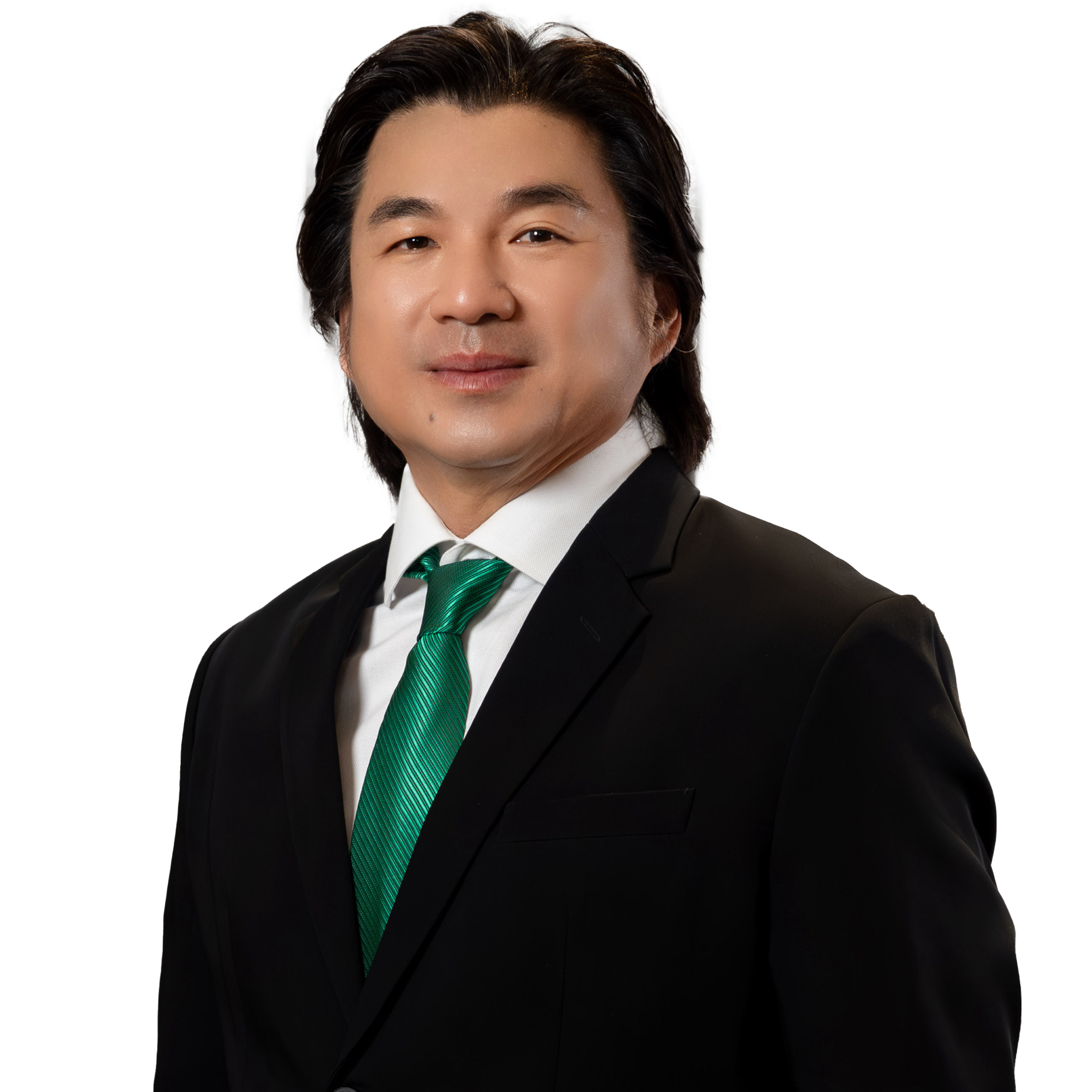

DENNIS A. UY
Chairman





MIGUEL RENE DOMINGUEZ
Independent Director


EFREN E. UY
Director
Audit Committee





MIGUEL RENE DOMINGUEZ
Independent Director



DENNIS A. UY
Chairman




JESUS S. GUEVARA II
Independent Director
Corporate Governance Committee




JESUS S. GUEVARA II
Independent Director





MIGUEL RENE DOMINGUEZ
Independent Director
Board Risk Oversight Committee


ARTHUR KENNETH L. SY
Director





MIGUEL RENE DOMINGUEZ
Independent Director
Related Party Transaction Committee




JESUS S. GUEVARA II
Independent Director


EDUARDO A. BANGAYAN
Independent Director
Management Team
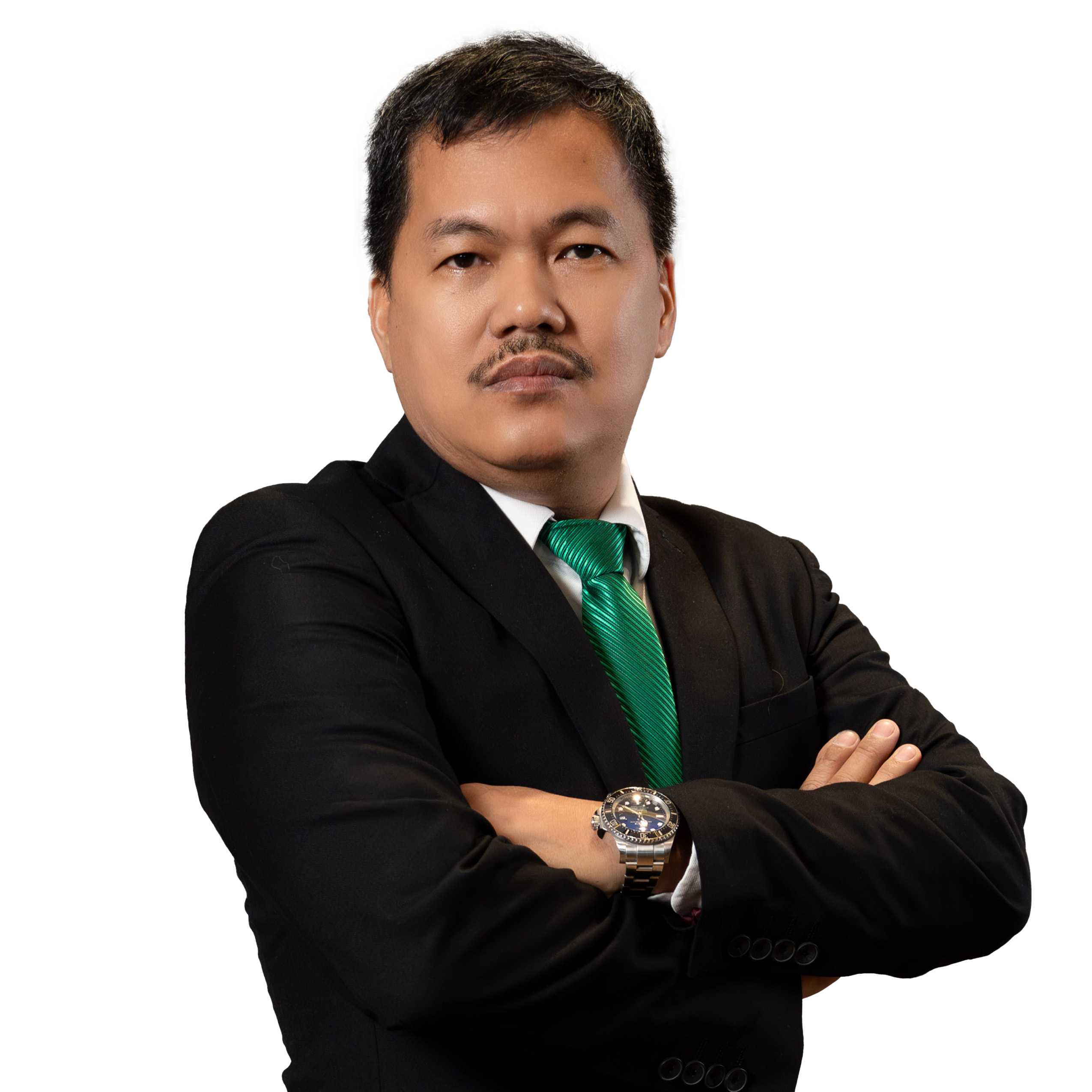

CHRYSS ALFONSUS V. DAMUY


CHERYLYN C. UY
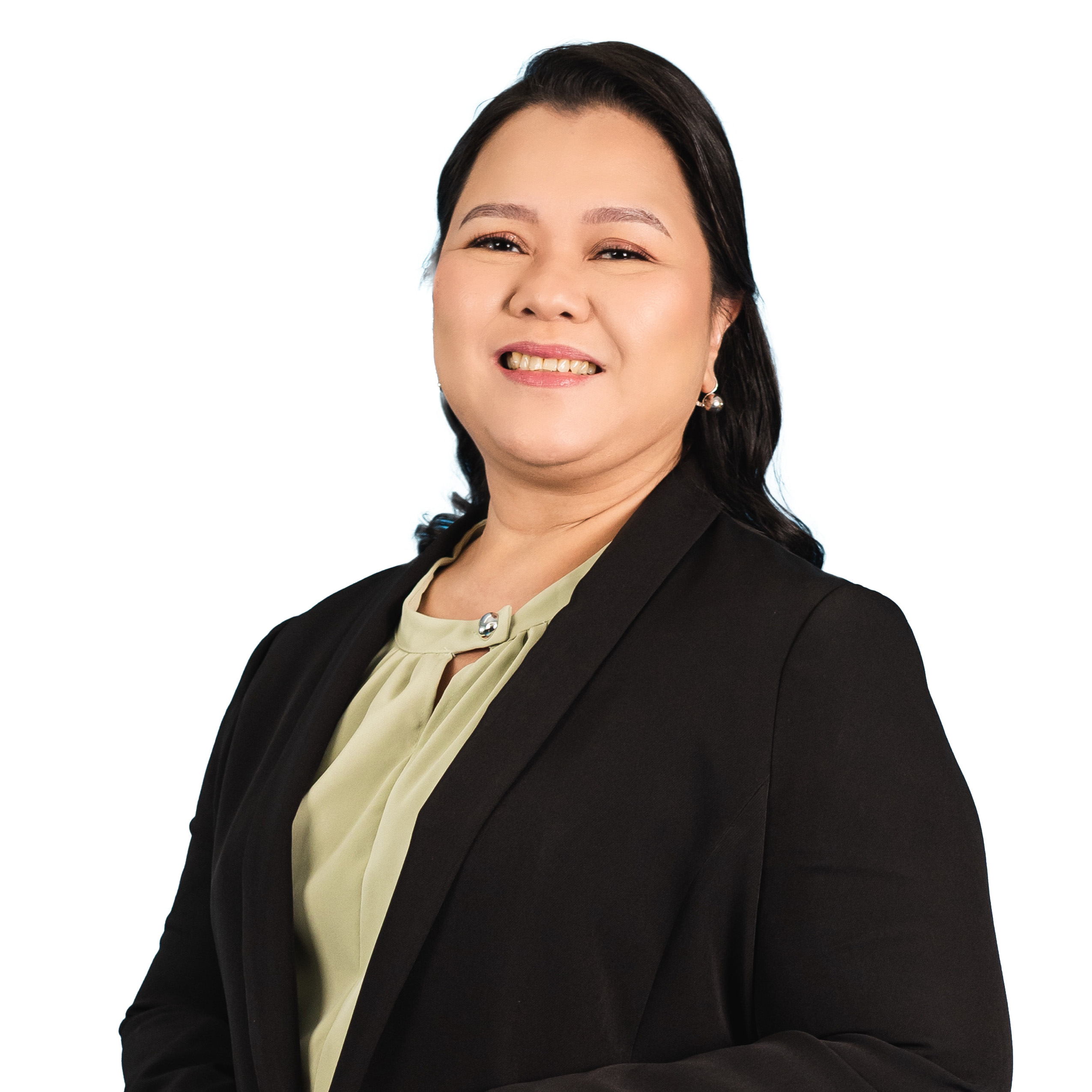
DARLENE S. AGUS-BINAY
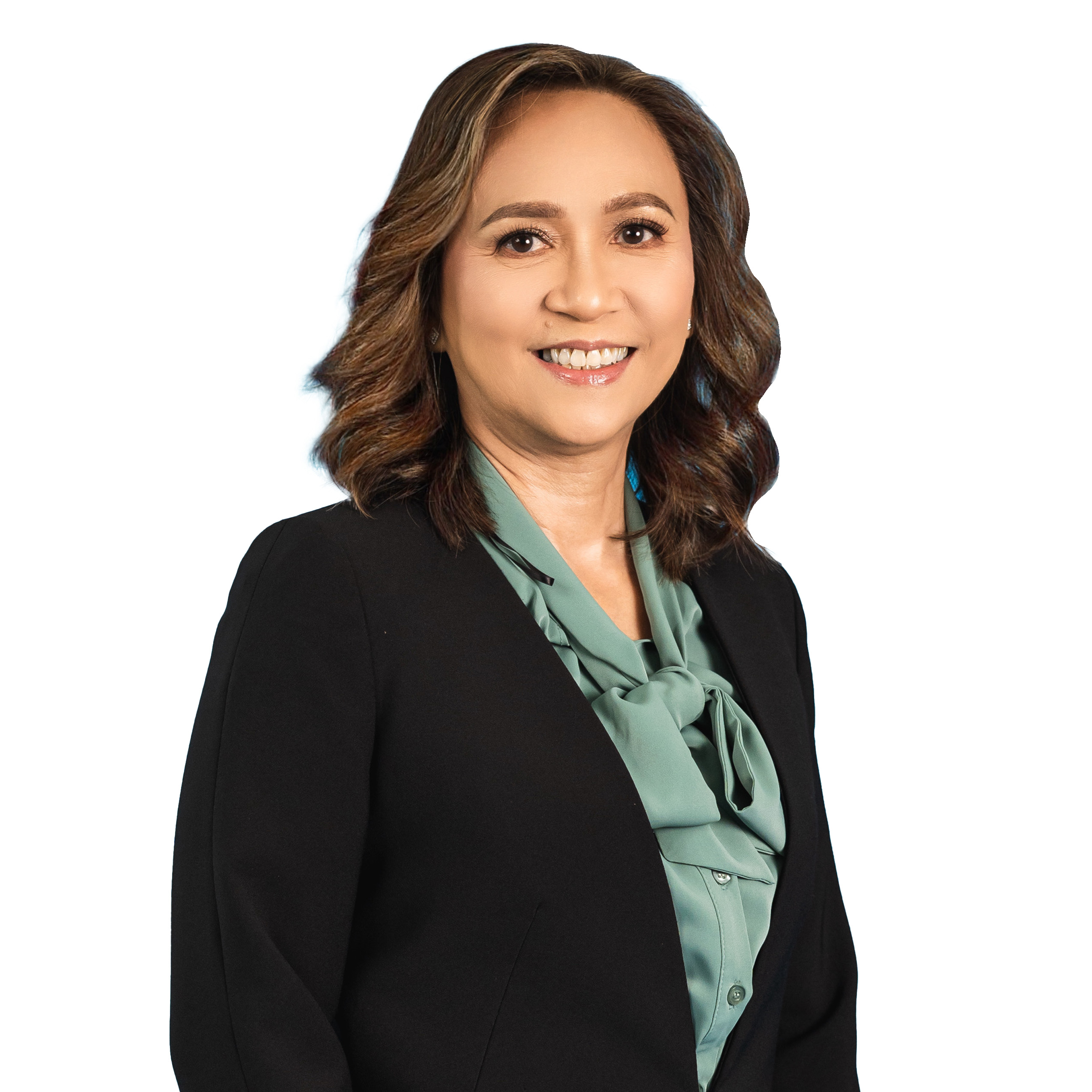
MA. HENEDINA V. SAN JUAN

REYNALDO A. PHALA
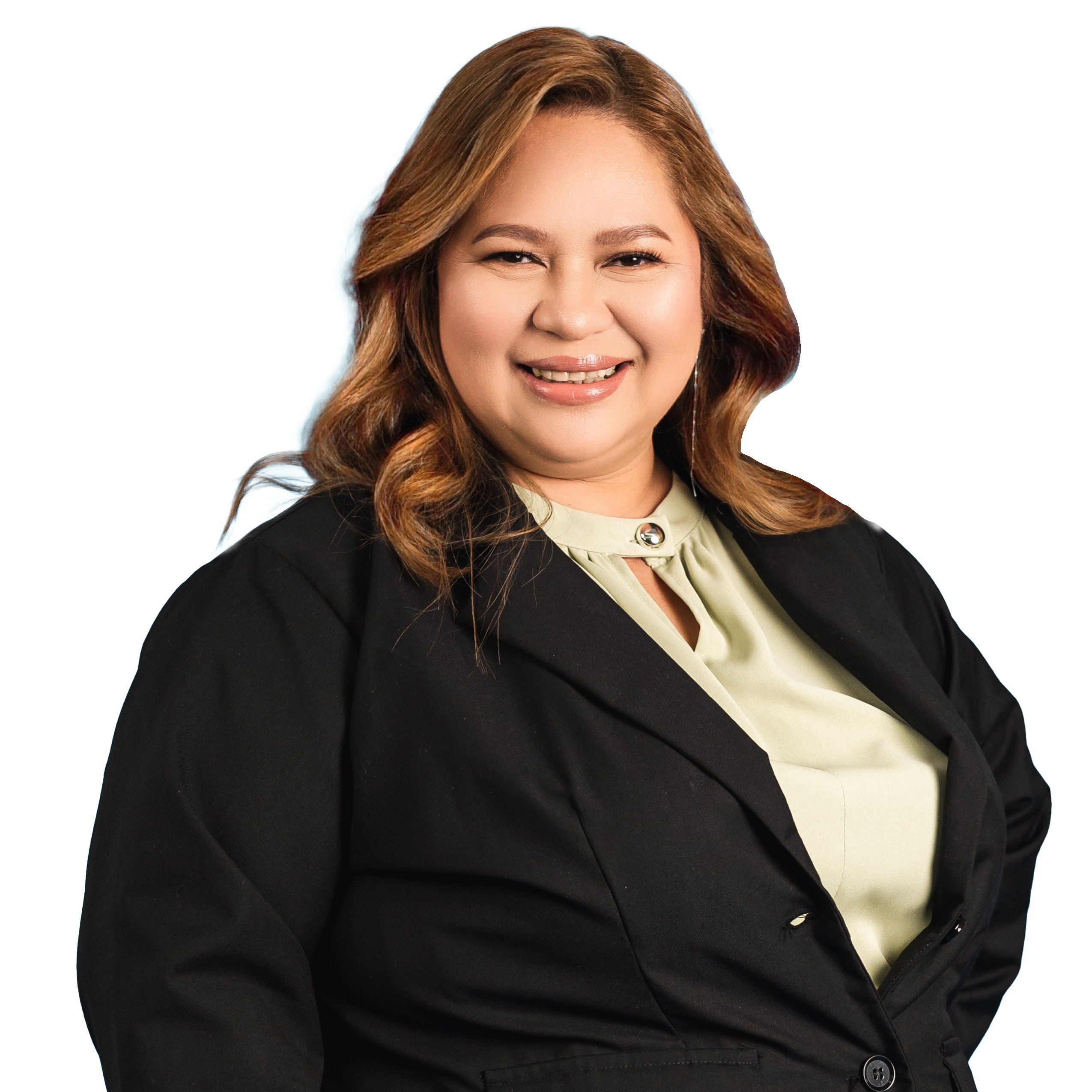
MARIA KATHERINE A. AGBAY
